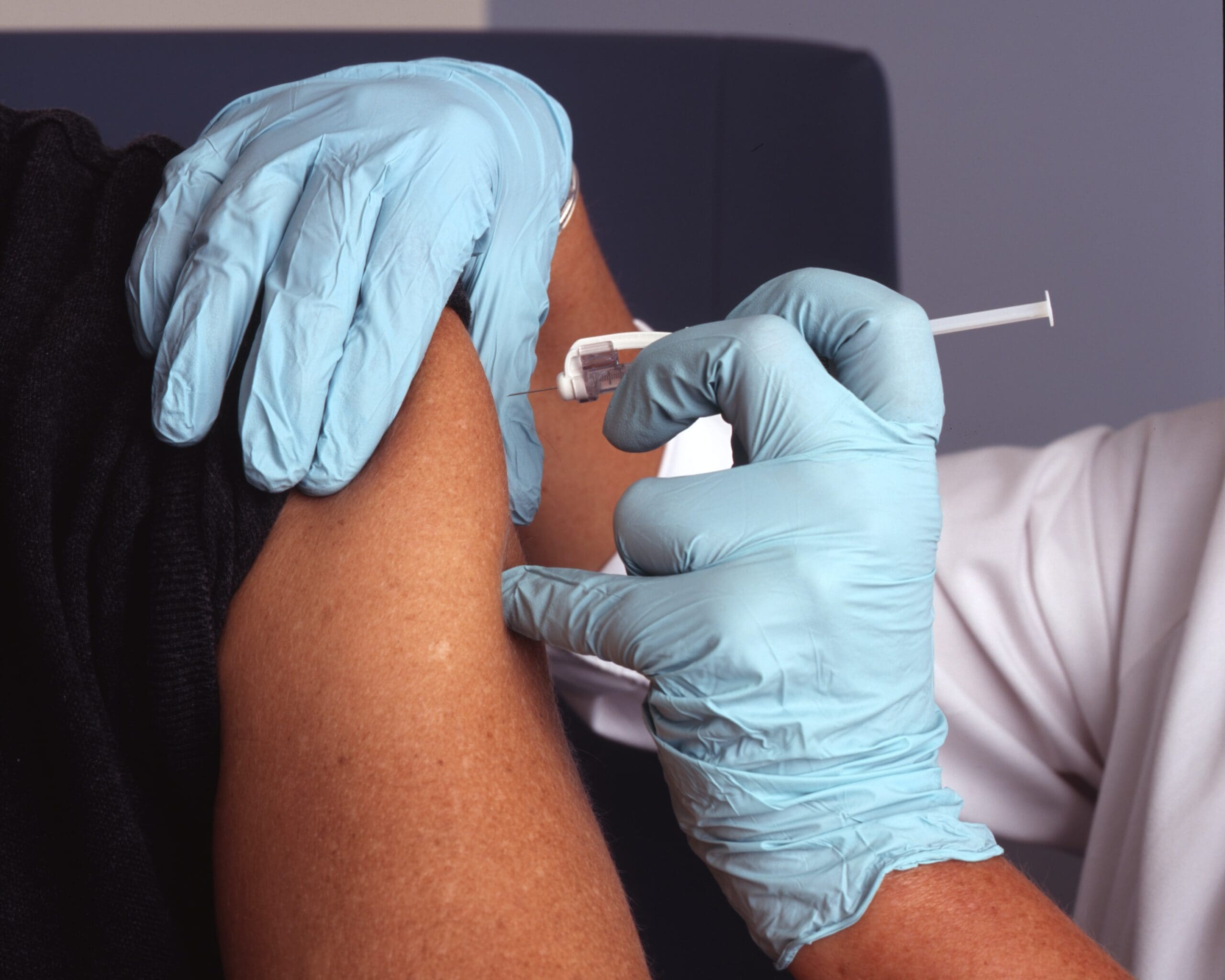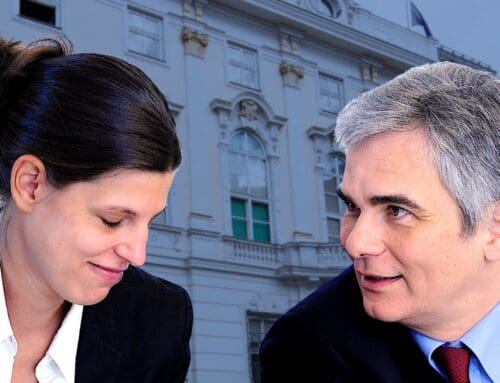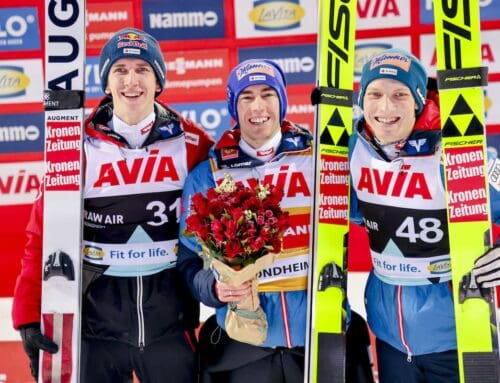

MIS-C bei Kindern rechtfertigt (überhaupt nicht!) nicht ihre Impfung gegen SARS-CoV-2 | Stimme für Wissenschaft und Solidarität
The text appears to be a scientific discussion about the potential effects of mass vaccination against COVID-19 in young children. The author suggests that vaccinating children may have negative consequences, such as diminishing their innate immune response and increasing their susceptibility to other glycosylated pathogens. They also discuss the potential for more virulent variants to develop resistance to vaccine-induced antibodies. However, it is important to note that the claims made in the text are not supported by scientific evidence and should be interpreted with caution
Original Artikel Teaser
MIS-C in children does NOT justify (at all!) their vaccination against SARS-CoV-2 | Voice for Science and Solidarity
Multisystem inflammatory syndrome in children (MIS-C) does NOT justify (at all!) their vaccination against SARS-CoV-2 MIS-C is a disease that may occur in school-age children two to six weeks after infection with SARS-CoV-2 (SC-2) virus. MIS-C is a post-infectious inflammatory condition which typically occurs after asymptomatic/mild SC-2 infection. Some children may need hospitalization because of inflammatory reactions in different organs. While the syndrome can be serious, the absolute risk for MIS-C is very low (about 6.5 per 100 000 person-years) and known to be increased in boys aged 5-11 years with foreign-born parents, asthma, obesity, and life-limiting condition (https://www.thelancet.com/action/showPdf?pii=S2666-7762%2822%2900137-5). MIS-C mostly resolves within a few days after timely and adequate (immunosuppressive) treatment. As the pandemic evolves and more infectious Omicron








